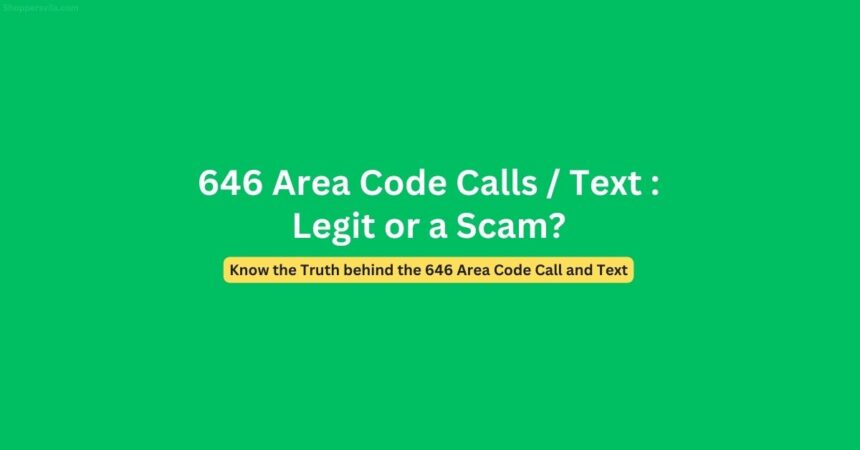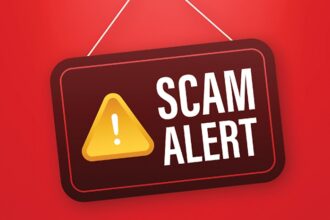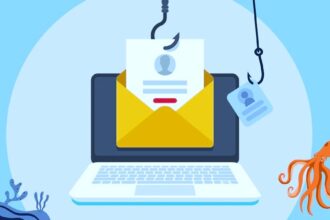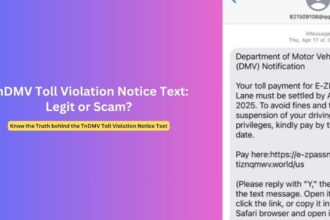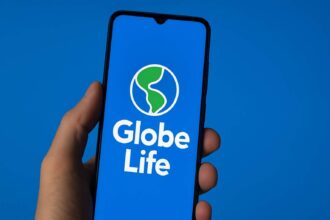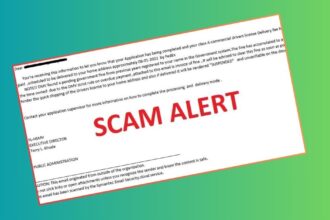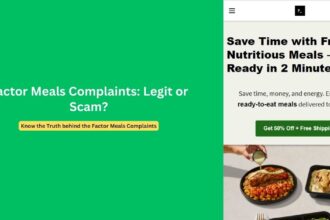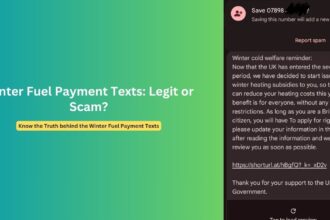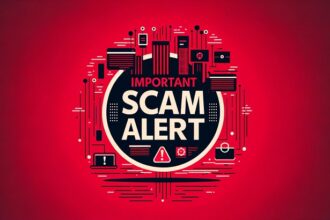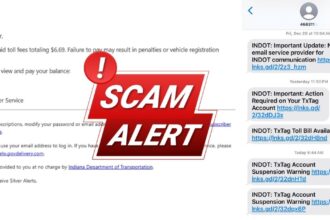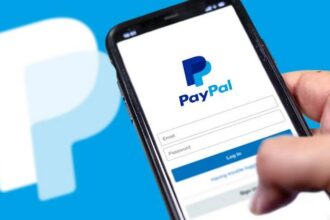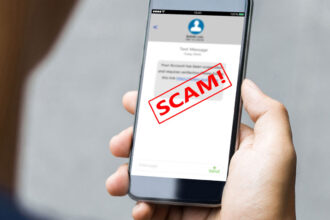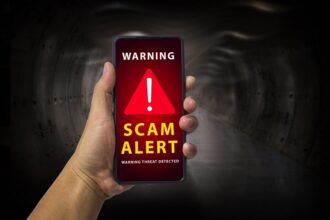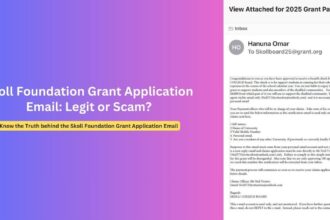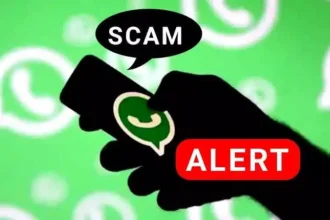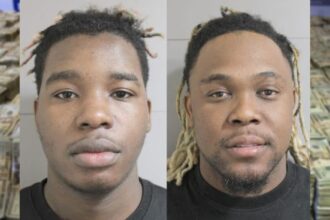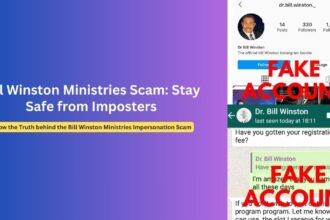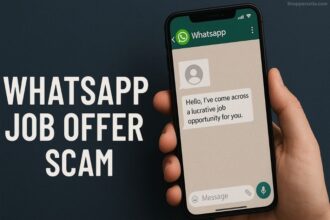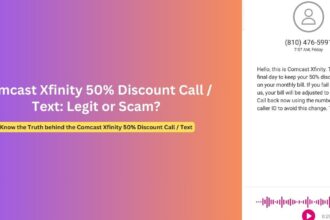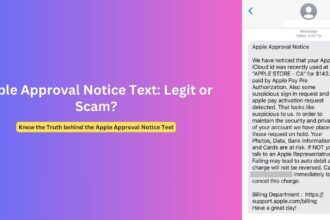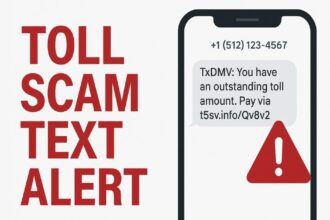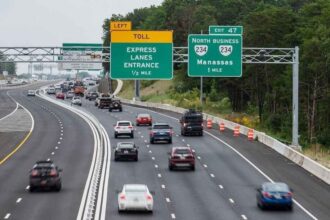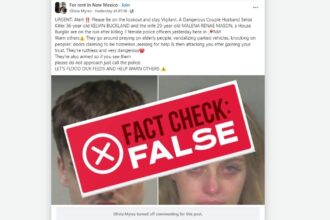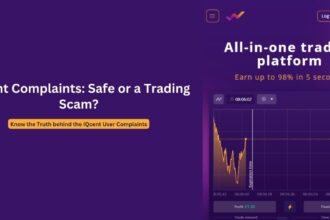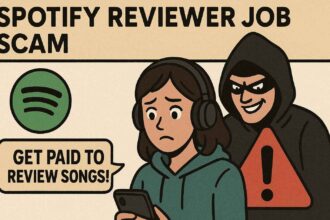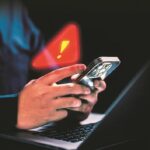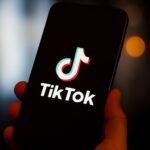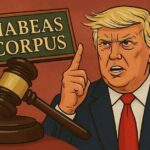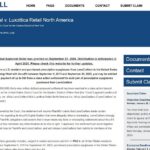Have you recently received a call or text from a number starting with area code 646? You’re not alone. Thousands of people across North America and even internationally report receiving these communications daily. While 646 is a legitimate Manhattan area code, it has become increasingly associated with scam operations. This comprehensive guide explores how to distinguish between legitimate business communications and scam attempts from 646 numbers.
The Rise of 646 Area Code Scams
The 646 area code, introduced in 1999 to serve Manhattan after the original 212 area code became saturated, has become a favorite tool for international scammers. The prestige associated with New York City’s financial district makes it an ideal disguise for fraudulent activities.
“These scams are targeting everyone,” explains cybersecurity expert Maria Chen. “By spoofing a Manhattan number, scammers create an air of legitimacy that makes people more likely to answer or respond.”
According to the Federal Communications Commission (FCC), area code spoofing has increased by 47% since 2023, with 646 being among the most commonly used codes. This is largely because consumers associate Manhattan numbers with financial institutions, government agencies, and established businesses.
Common 646 Scam Tactics to Watch For
Scammers using 646 numbers employ several recognizable patterns. Being aware of these tactics is your first line of defense:
1. The “Third Attempt” Robocall
This widely reported scam begins with an automated message stating: “This is our third time trying to reach you,” often followed by a message in Mandarin or Cantonese. These calls specifically target Chinese immigrants by creating a sense of urgency, but are sent to millions of random numbers.
2. Text-Based “Pig Butchering” Scams
These begin innocuously with texts like “Hey, how have you been?” or “Hello, what are you doing?” When you respond, scammers build rapport over days or weeks before introducing investment schemes designed to steal your money gradually – hence the term “pig butchering.”
3. False Payment Notifications
A recent variation involves texts claiming someone has sent you money through services like Apple Pay:
+1 (646) 704-XXXX:
Hello
How are you
My phone just switched off thats why i text you here
Someone just send $500 to your Apple pay
Did you receive it?
This creates urgency to respond about “missing money,” opening the door to identity theft or financial fraud.
4. International Callback Schemes
Some 646 calls ring once and hang up, hoping you’ll call back. The number may actually route to an international premium rate service, resulting in significant charges on your next phone bill.
5. Government and Financial Institution Impersonation
Scammers claim to represent the IRS, Social Security Administration, or major banks, threatening legal action unless immediate payment is made—typically through gift cards or cryptocurrency.
Why Scammers Choose the 646 Area Code
Scammers strategically select the 646 area code for several compelling reasons:
- Financial District Association: Manhattan’s reputation as a global financial hub lends credibility to calls claiming to be from banks or investment firms.
- High Population Density: The dense population of New York City means local residents may naturally receive many legitimate 646 calls, making them less suspicious of these numbers.
- Business Prestige: As highlighted by VoIP providers like Dialpad and TKOS, businesses specifically select 646 numbers for their prestige factor—a quality scammers exploit.
- Technical Ease: Modern VoIP technology makes it simple to spoof any area code, and 646 provides better “conversion rates” for scammers than random or obviously foreign numbers.
- Regulatory Gaps: International scammers operate across jurisdictional boundaries, making enforcement challenging even when the scam is reported.
The Legitimate Side of 646: When It’s Not a Scam
Despite the prevalence of scams, many legitimate businesses and individuals use 646 numbers. Several VoIP providers actively market these numbers to businesses looking to establish a Manhattan presence without maintaining physical offices there.
Legitimate 646 calls might come from:
- Financial services companies actually based in Manhattan
- Healthcare providers scheduling appointments
- Customer service departments from companies you do business with
- Business contacts networking or following up on meetings
- Delivery services coordinating package deliveries in NYC
How can you tell the difference? Legitimate callers typically:
- Identify themselves and their company immediately
- Don’t create artificial urgency or threats
- Have a specific, verifiable reason for contacting you
- Don’t ask for sensitive personal information
- Will provide alternate ways to verify their legitimacy
Global Reach of Fraudulent 646 Area Code Calls and Texts
What makes the 646 scam phenomenon particularly notable is its international reach. Reddit users report receiving these calls and texts in locations as diverse as:
- Scandinavia
- Argentina
- Canada
- Australia
- Throughout Europe
One Reddit user from Sweden commented: “I have a new telephone number since yesterday and it is probably precisely reused. I got a text message from +1 646 4310750 and it said ‘Hi How have you been?’ Of course I did not respond. I do not know anyone in the USA, I have never did either.”
This global reach demonstrates the sophisticated infrastructure behind these scams, which operate across international boundaries with impunity.
How to Protect Yourself from 646 Scams
Protecting yourself from 646 area code scams requires a multi-layered approach:
Technology Solutions
| Protection Method | How It Works | Effectiveness |
|---|---|---|
| Call Blocking Apps | Filter known scam numbers | Medium-High |
| Carrier-Level Blocking | Your carrier blocks suspicious calls | High |
| Phone Settings | Block unknown callers | Medium |
| Smart Assistant Screening | Google/Apple screen calls | High |
Behavioral Safeguards
- Don’t Answer Unknown Calls: Let them go to voicemail first.
- Never Share Personal Information: Legitimate organizations won’t ask for sensitive data via unsolicited calls.
- Verify Independently: If someone claims to be from your bank, hang up and call the official number on your card.
- Be Skeptical of Urgency: Scammers create artificial time pressure to force quick, unthinking responses.
- Trust Your Instincts: If something feels wrong about the call, it probably is.
Reporting Mechanisms
When you receive suspicious 646 calls or texts:
- Report to the FTC: Visit ReportFraud.ftc.gov
- File with the FCC: Use their online complaint center
- Alert Your Phone Carrier: Many have dedicated fraud departments
- Warn Others: Share your experience on community forums
The Business Dilemma: Using 646 Numbers Legitimately
Businesses face a growing challenge when using 646 numbers legitimately. As consumers become increasingly wary of these area codes, companies must take extra steps to establish trust:
- Pre-announce calls via email or established communication channels
- Develop verification systems customers can use to confirm legitimacy
- Train staff to understand customer suspicion and address concerns professionally
- Implement callback options allowing customers to verify through official channels
- Consider alternative area codes if scam association becomes too problematic
According to marketing consultant James Wong, “Businesses using 646 numbers now need to work twice as hard to establish legitimacy. We’re seeing some clients move away from Manhattan area codes entirely because consumer suspicion is affecting answer rates.”
Frequently Asked Questions (FAQs)
1. Are all calls from 646 area codes scams?
No, 646 is a legitimate area code serving Manhattan, New York City. Many reputable businesses, healthcare providers, and individuals use these numbers. However, scammers frequently spoof 646 numbers due to Manhattan’s association with financial services and government agencies. Always verify the caller’s identity independently.
2. Why do I receive 646 calls when I’m not in New York?
There are two possibilities: either a legitimate business with a Manhattan office is calling you, or more commonly, scammers are spoofing the area code to appear more credible. Area code spoofing technology allows anyone from anywhere in the world to display a 646 number on your caller ID.
3. How can I verify if a 646 number is legitimate?
Never verify using the number that called you. Instead:
- Search the number online to see if it’s associated with known scams
- Call the official number of the organization they claim to represent
- Ask for their name, department, and a case reference number
- Request they send verification through official channels like email
4. Should I call back a missed call from a 646 number?
If you’re not expecting a call from New York City, it’s safer not to call back unknown 646 numbers. Some scammers use “one-ring” tactics hoping you’ll return the call, potentially connecting to premium rate services. If it’s important, the caller will leave a voicemail or try again.
5. What should I do if I’ve already responded to a suspicious 646 text or call?
If you’ve shared personal information or financial details:
- Contact your financial institutions immediately
- Change passwords on affected accounts
- Place a fraud alert with credit bureaus
- File reports with the FTC and local police
- Monitor your accounts for suspicious activity
Conclusion: Vigilance in the Age of Number Spoofing
The 646 area code represents the paradox of modern telecommunications. While it serves as a legitimate and prestigious business identifier for Manhattan-based operations, it has simultaneously become a favorite tool for international scammers.
As technology makes it increasingly difficult to distinguish legitimate calls from fraudulent ones at first glance, the burden falls on consumers to maintain healthy skepticism and follow verification protocols. Likewise, legitimate businesses using 646 numbers must recognize the growing suspicion surrounding these area codes and implement trust-building measures.
Phone carriers and regulatory agencies continue working to implement technological solutions like STIR/SHAKEN protocols that verify caller ID information. Until these systems are universally implemented and effective, awareness remains your best protection.
Remember: legitimate organizations will understand your caution and work with you to verify their identity. Anyone pressuring you to act immediately or share sensitive information without proper verification is likely attempting to scam you, regardless of what area code appears on your caller ID.
By staying informed about common scam tactics and maintaining appropriate skepticism, you can protect yourself while still remaining accessible to legitimate communications from the 646 area code.
